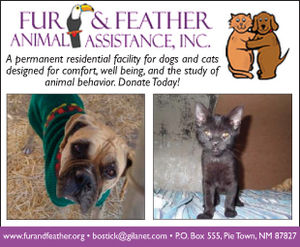Get Nest Boxes Ready For New Occupants
February 1, 2016
Spring may officially be several weeks off, but now is the time to get your bird nest boxes cleaned out and ready for new, incoming occupants.
If you don’t already have nest boxes up, this is the time to either build or buy and place them, following our specs at http://wdfw.wa.gov/living/projects/nestboxes/index.html
Many backyard birding enthusiasts who use nest boxes leave them up year-round and leave nesting materials in them through the winter, when some birds will use them as nightime roost sites.
But migrating birds that use cavities for nesting, like bluebirds, swallows and wrens, will be returning next month and they prefer clean quarters to follow their instincts to build their own nests.
All nest boxes attract insects – mites, lice, fleas, flies, hornets, spiders and more. In small numbers they are relatively harmless to birds, but in larger numbers they can cause injuries and even fatalities to young birds.
Inspect all nest boxes to clean out insects and also to remove the old nesting material. Although some diligent and industrious birds will remove old nesting material before building their own particular nest, many more will just build on top of an old nest. That kind of layering can raise the nest dangerously close to the entrance hole where predators might reach eggs or young.
Your inspection may turn up dead nestlings or infertile eggs, which of course should also be removed. Be sure to use protective gloves, maybe even a dust mask, and dispose of everything you find in nest boxes away from the site to avoid smells that can attract predators.
Nest box maintenance includes tightening screws, loosening lag bolts, unblocking drainage holes, and generally making sure everything is secure and working right.
If you find a nest box in your collection that year after year goes unused, consider relocating it. It might not be in the appropriate habitat or suitable height location for the species it’s built for, or perhaps it’s in the right place but is not built correctly. Check the entrance hole size, overall size dimensions, and other factors that are important to, and different for, various species of nest-box-using birds. Details are available at http://wdfw.wa.gov/living/projects/nestboxes/index.html
If the same nest box turns up dead nestlings or infertile eggs more than once, consider relocation to avoid competitors or predators, or remodeling to protect the species using the box. A predator block – just a one-inch thick piece of wood drilled with the appropriate size hole – mounted over the entrance hole to create a short tunnel into the nest, can deter starlings, raccoons, or squirrels that have chewed the original hole bigger.
Another improvement is to remove any perch post projecting out from the front of a nest box. Our native cavity-nesting birds don’t need these perches but they are used by more aggressive non-native birds to harass nesting birds.
If you often have earlier-arriving starlings or English house sparrows dominating your nest box site, you may want to plug the entrance hole until later this spring when martins or swallows or other native species arrive. Small paper cups and other such plugs work well. Remember to remove the plug as soon as you see your “target” species return to the area, or when you otherwise learn of its return to your area. (Online birding chat groups can be a good source of news about migratory bird movements.)
If you watch a nest box closely enough this spring to know when birds have finished raising a brood, you can clean out the box again to encourage another pair to use it or the same pair to nest again. Just don’t bother an obviously occupied nest box.











Reader Comments(0)